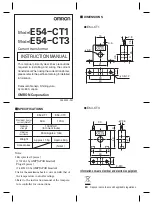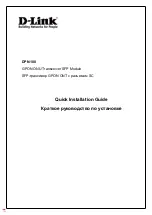
73
EN
72
If there is no mains power, the
TTGSM TYXAL+ continues to
send the alarms but cannot be
controlled remotely.
11. Telephone line LED status
12. Battery replacement
2
1
1
2
2
1
4
2
1
3
5
Unlock the unit.
Remove the bottom cover.
Using a screwdriver, lift the 2
clips holding the top cover.
Remove the top cover.
Change the battery
Insert the battery,
observing the right
polarity.
• Keep out of reach of children.
• Do not reverse the polarity.
• Do not open the battery system.
• Do not grind or pierce the parts.
• Do not short circuit the (+) or (-) terminals of
the battery by using conductive items.
• Do not subject to excessive mechanical stress.
• Do not expose the unit to water
or condensation.
• Do not heat directly to more than 100°C
(212°F), solder or throw into a fire.
These unsuitable uses can cause leaks or
sprays of vaporised electrolyte
as well as a fire or explosion.
• Do not recharge.
• Dispose in compliance with the regulations in
force.
Handling the battery
Risk of fire, explosion and serious burns.
We recommend using the SAFT LSH20 - 3.6 V battery. You can use a lithium 3.6 V battery of
another brand, but in this case the 10 year service life will no longer be guaranteed.
The wear of the transmitter battery is reported:
• In alarm system mode:
By a message on the CLT 8000 TYXAL+ keypad. The alarm control unit beeps each time the system
is activated or deactivated, (or “battery defect” with the voice synthesis system (requires the auto
attendant to be enabled, see CLT 8000 TYXAL+ guide).
• In autonomous mode:
By a welcome message during an incoming or outgoing call caused by a defect.
Switch the alarm control unit to MAINTENANCE mode (see system guide)
Open the transmitter unit
Disconnect the telephone socket of the TTRTC TYXAL+ transmitter
Summary of Contents for TTGSM TYXAL+
Page 230: ...230 ...
Page 231: ...231 ...
















































